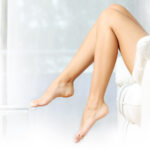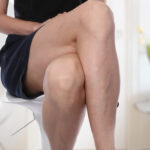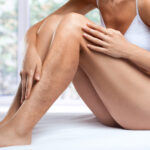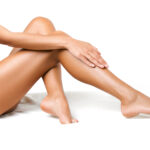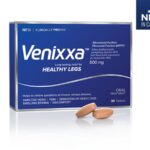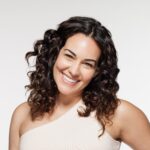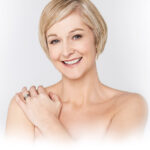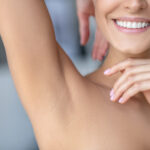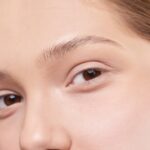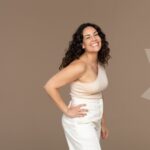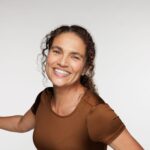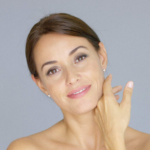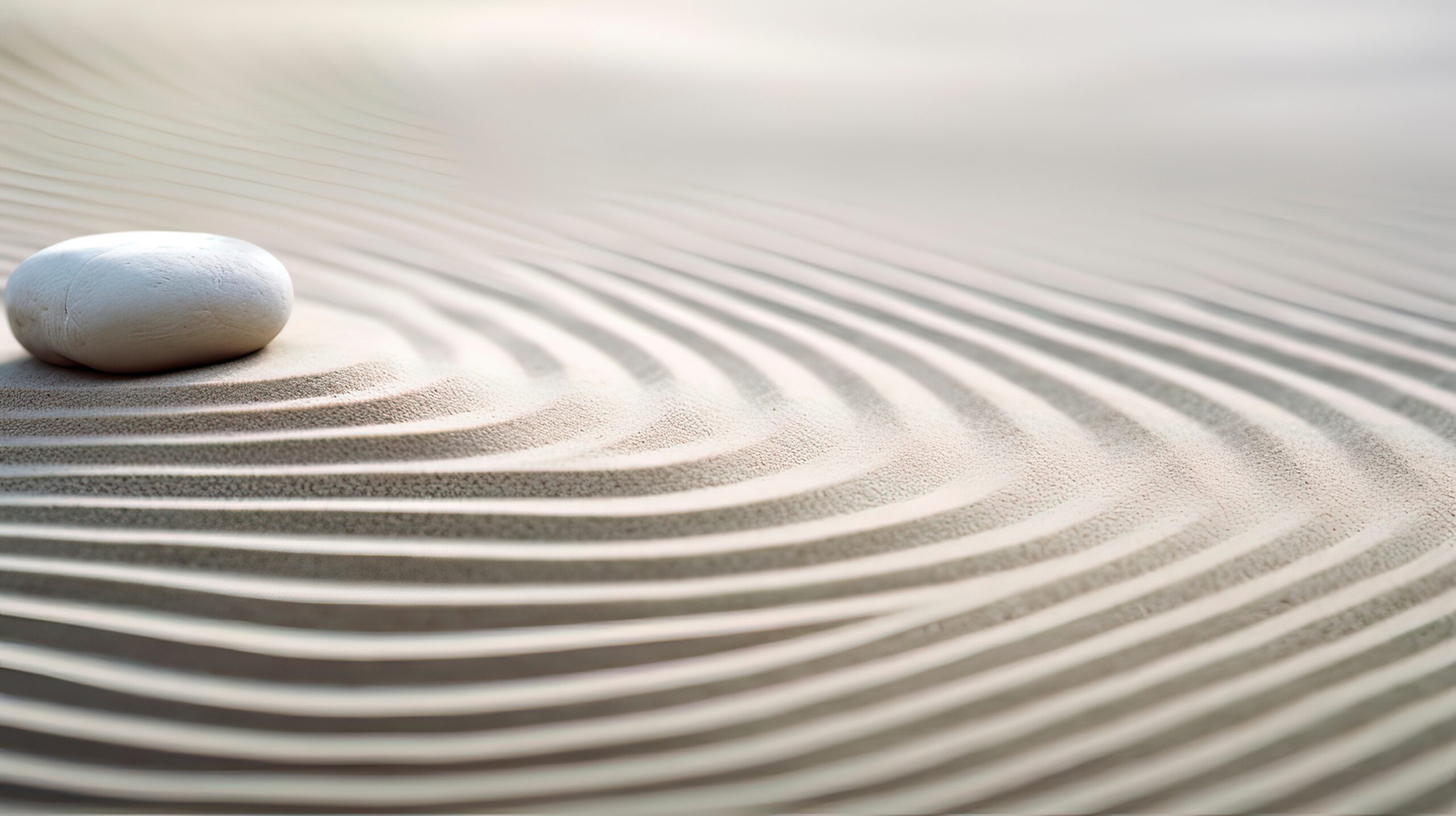WHAT REALLY WORKS, FROM LASER HAIR REMOVAL TO SUN DAMAGE TREATMENT
By Dr. Janna Bentley
Now, what do lasers mean to you? Most of us in the Okanagan have sun damaged skin, and this shows up as wrinkles, flat and/or raised brown spots, dilated blood vessels that appear as red blemishes, and rough skin. Most of us also have body hair in places we can’t quite understand why and wish it would just go away. What is the answer to our problems? Laser treatment.
When the word “laser” is mentioned, one thinks of advanced technology, high energy, danger, and maybe even Austin Powers. Laser is an acronym for Light Amplification by Stimulated Emission of Radiation. What this means is that for a device to be called a “laser” it must be able to generate energy (radiation) that creates a beam of light that is made up of only one wavelength. Visible light, such as you see when you turn on a light switch, is made up of many different wavelengths of light, versus lasers that generate light of only one wavelength. We can use this single-wavelength light to target specific things, like hair or sun damage on the skin. Specific skin colours and tissues absorb wavelengths differently. So a laser designed to target red spots will not affect brown spots, and vice versa.
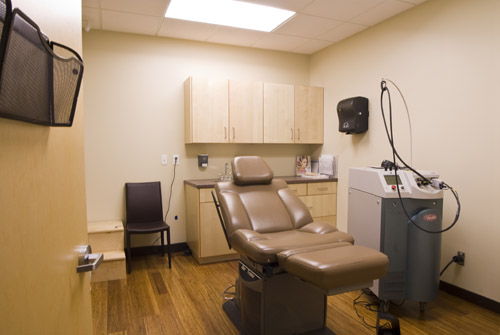
Lasers, used safely, are powerful devices which we can use to remove unwanted body hair, brown sun spots, red blemishes and the redness from rosacea — and even to tighten aged skin. Almost every part of medicine has been able to use lasers in some manner to treat health concerns that in the past had to be resolved invasively. Each time, a specific laser (wavelength) is chosen because it specifically targets the area being treated. The hope is that the surrounding healthy tissues are left alone.
BROWN SPOTS
The laser of choice is a Q-switched ND:Yag laser. This laser stacks its power to target the brown pigment melanin that is causing the age spots (or “liver spots” as some call them). Interestingly, using fifferent setting this same laser can be used to remove tattoos. After-care is simple, including Polysporin and sun protection. The treated spot will crust but once the scab falls off 7-10 days later, the brown should go with it.
RED BLEMISHES
Moving on to red blemishes either from the sun or from the skin condition called “rosacea”, a pulsed dye laser or a KTP laser each work well. These lasers target hemoglobin, the pigment that makes our blood red. Neither of these two types of lasers break the skin and create a crust like the Q-switched laser, but they can leave bruising that can take up to 14 days to fade. Again, after-care is simple and the same as above.
LASER HAIR REMOVAL
A different laser than the Q-switched type described above is used for laser hair removal. The best choices for light skin and dark hair are the Alexandrite, Ruby, or 810nm diode lasers. If your skin is olive-coloured, or you have a darker skin type, all is not lost. You need to find a laser targeting the wavelength 1064 and remain patient knowing that to safely remove your hair, care must be taken not to burn you; more treatments at lower energy may be needed.
SKIN TEXTURE
For wrinkles and rough areas, a laser targeting water is best, typically a carbon dioxide laser or an erbium laser. Since skin is largely made up of water, care must be taken with these lasers. You must ensure you are in the hands of an experienced physician when receiving a resurfacing treatment with these lasers. Results are amazing; years can be taken off of the age of your skin due to collagen stimulation and removal of the outer, damaged layers.
The bottom line is that lasers are an amazing part of medicine. They are powerful, and when used competently can bestow beautiful results. Talk to your doctor if you are interested in any of these treatments and they can safely refer you on.
Author: Dr. Janna Bentley is a cosmetic medical doctor, founder and Medical Director of Lakeshore Vein & Aesthetics Clinic (www.veinskin.com). This article first appeared in YLW Magazine, Kelowna, BC.

